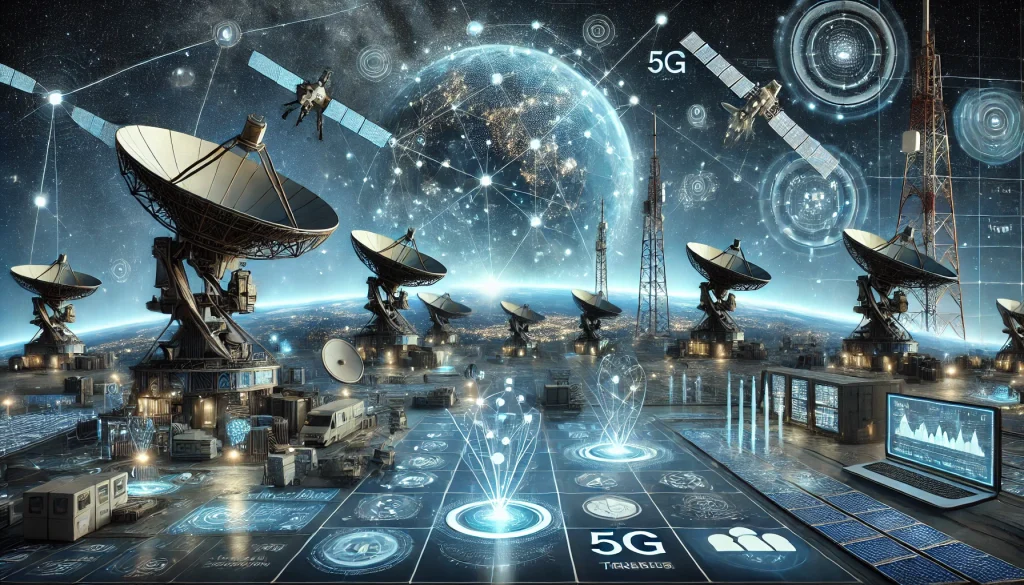
Satellite communication has revolutionized global connectivity, enabling seamless communication across vast distances. As technology continues to evolve, the satellite communication industry is witnessing unprecedented advancements. This article delves into the latest trends and innovations shaping the future of satellite communication.
Key Trends in Satellite Communication
1. High Throughput Satellites (HTS)
High Throughput Satellites are transforming the satellite communication landscape by offering significantly higher data rates compared to traditional satellites. HTS utilizes spot beam technology to provide enhanced bandwidth efficiency, making it ideal for applications such as broadband internet, mobile backhaul, and in-flight connectivity.
2. Low Earth Orbit (LEO) Satellites
LEO satellites, positioned closer to Earth than traditional geostationary satellites, offer lower latency and faster data transfer speeds. Companies like SpaceX and OneWeb are deploying large constellations of LEO satellites to provide global internet coverage, especially in remote and underserved areas.
3. 5G Integration
The integration of 5G technology with satellite communication promises to deliver ultra-fast, reliable connectivity. Satellites will play a crucial role in extending 5G networks to rural and remote regions, ensuring comprehensive global coverage and supporting IoT applications.
4. Miniaturization and Cost Reduction
Advancements in satellite technology have led to the development of smaller, more cost-effective satellites. CubeSats and SmallSats are becoming increasingly popular for various applications, including earth observation, scientific research, and communication.
Innovations Driving the Industry
1. AI and Machine Learning
Artificial Intelligence and Machine Learning are enhancing satellite communication systems by optimizing network performance, predicting satellite health, and automating operations. These technologies enable more efficient use of bandwidth and improved service quality.
2. Quantum Communication
Quantum communication holds the potential to revolutionize secure satellite communication. By leveraging quantum entanglement and encryption, it promises unhackable data transmission, which is crucial for defense and cybersecurity applications.
3. Inter-Satellite Links
Inter-satellite links (ISLs) enable direct communication between satellites without relying on ground stations. This innovation enhances network resilience, reduces latency, and increases the overall efficiency of satellite constellations.
4. Advanced Propulsion Systems
Developments in electric and ion propulsion systems are extending the lifespan and maneuverability of satellites. These propulsion systems enable precise orbit adjustments, reducing operational costs and increasing mission flexibility.
Applications and Benefits
1. Global Connectivity
Satellite communication bridges the digital divide by providing internet access to remote and underserved areas. This connectivity fosters economic development, education, and social inclusion.
2. Disaster Management
Satellites play a vital role in disaster management by providing real-time data and communication links during natural disasters. This capability enhances emergency response efforts and aids in the coordination of relief operations.
3. Environmental Monitoring
Satellites are indispensable for monitoring environmental changes, such as deforestation, climate change, and natural disasters. They provide critical data for scientific research and policy-making, contributing to global environmental conservation efforts.
4. Defense and Security
Satellite communication is essential for defense and security applications, including surveillance, reconnaissance, and secure communication. Advanced satellite systems enhance national security and enable strategic military operations.
